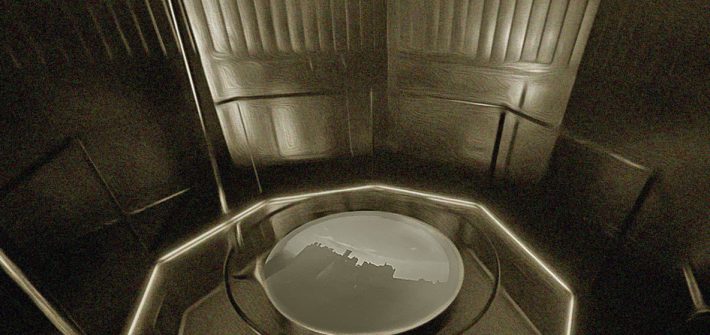Manufacturers are determined to keep their systems insular so equipment from other brands is incompatible. However, there is one area where this blinkered approach degenerates into silliness and damages photography: the naming of functions.
![]()

The World Cup is in full swing, and this year, technology is helping officials to make more accurate calls. This neat video takes you behind the scenes to show you the new “semi-automated AI offsides technology” that uses a combination of sensors, a multi-camera array, and machine learning to help officials to make the correct call each time.

It’s very easy to find information online about new cameras, news, rumors, reviews, and which camera you should be using right now. But there’s far less information to be found about older cameras. Like many photographers, I find it interesting to look at the origins of photography and how far the science and technology in cameras has come in a relatively short period of time.

Have you ever wondered what the frame rate of the human eye is and, just importantly, why it matters? It turns out the answer is far more complex than a simple numerical value, and that has tremendous consequences for the design of cameras and why we work the way we do. This neat and informative video takes you behind the scenes of the science behind how the eyes sees to discuss the topic and the implications it has for filmmakers.

It’s the camera manufacturer that documented the moon landing. Its build quality and design are one thing, but the images it takes with its Sony sensor and lenses are truly one of a kind. In this video, Business Insider breaks down why it’s so expensive, and gives a rough estimate of how many they sell each year.
![]()

A few years back I wrote a lifetime review on the Canon EOS 5D II. Since then I upgraded to the Canon EOS 5ds and 5DS R cameras, 5 years down the line I thought it apt to have a detailed look at them.
![]()